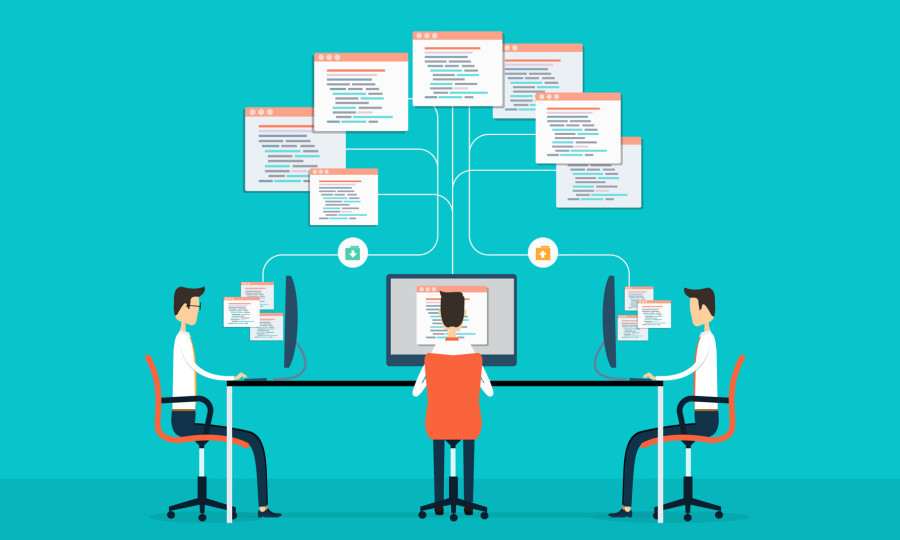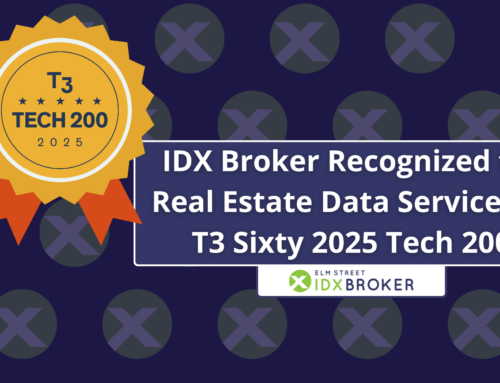Communication between people dominates our online experience. Social networking buttons, badges, and widgets are available on just about every page we visit. What really makes this possible – and drives communication – is the ability for applications to communicate with each other. This is all made possible with an API (Application Programming Interface).
The IDX Broker API is available for both Lite and Platinum clients, and can provide lead data, links data, even traffic data on your leads. This data allows services like CRM (Customer Relationship Management) software to set up smarter automation for your sales pipeline.
The IDX Broker API will not pass any raw MLS (Multiple Listing Data) data nor will you be able to query the MLS data and return results. This keeps the MLS data secure and compliant with MLS rules. Have your web developer review our Knowledgebase articles and the IDX Broker API documentation and examples to get them started using our API.
Websites are all about communication. Once a visitor engages and communication begins, great things can happen between you and your new web lead. Website communication on a large scale makes this possible. This is why accessing APIs is important part of today’s internet.
An API (Application Programmer’s Interface) is employed when applications like Facebook, WordPress, Twitter, etc. receive or pass information from one application to another. APIs make it possible for programmers to organize data for other programmers to access. APIs are continually calling upon each other, relaying data across the internet.
The ‘Like’ button you clicked on your favorite ice cream’s Facebook Brand Page, or use IDX Broker’s built-in Facebook app to post your listing on your page, a call is sent to Facebook’s API. Once this exchange has taken place, Facebook lets your friends know you took that action. At the same time, when you gave that brand page a new ‘Like’, their total number of ‘Likes’ changes to reflect that using the API.
You may have allowed Facebook to take this ‘Like’ and then relay this data to Twitter, letting your followers know you like this kind of ice cream. Your followers see this action on a Twitter client in their mobile device. With one click that data was passed to several applications and many users – all via APIs.
Communication between systems isn’t as straight forward as an email conversation you and I would have. Not all systems speak the same language and computers like exact translations. In the context of your website, this means your communication with leads is only part of the puzzle.
The ability to gather data and leverage about your visitors will help you make better choices on what you offer based on processed data. Raw hits and simple contact forms are yesterday’s web, as they’re ill equipped to provide the real story of a user’s experience on your website. Any major service (Google Analytics, Facebook, Twitter, etc.) has made their API accessible by the web’s programmers. The data they can leverage to target consumers makes them stand out online.
This data first strategy isn’t just for data giants. The addition of analytics, social sharing buttons, or even a translate tool means you are already using APIs with your website, but what data might you still leaving on the table?
If you need that data, API access can get you there. Get your developer to review our Knowledgebase articles and the API documentation and examples IDX Broker provides so you can get started using the IDX Broker API.






